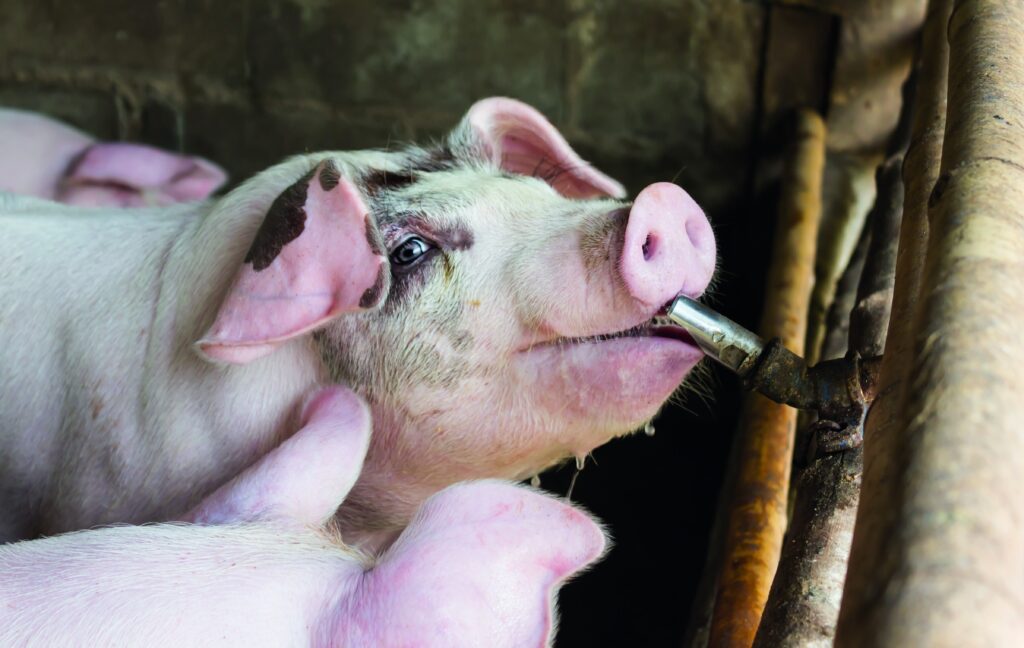Over the years, the topic of water hygiene and supply has never been far away from my veterinary colleagues’ lips.
Many hours will have been spent face-to-face with producers discussing the source of the water, the quality of the water, the means of delivering that water to the pig and its effect on the performance of those pigs that take it without option. The effect on pig health and performance is logically very significant – water is a primary nutrient for us all, but there is very little hard evidence in terms of scientific papers or trials that tell us if our intuition is correct.

But things are changing and it’s refreshing to say they are changing at a pace. The drive to reduce antimicrobial usage has been the catalyst for much re-consideration of not only how we ‘water’ our pigs, but how we manage them more generally, with much emphasis on the young pig and providing it with a healthy environment, both outside and inside its body.
Water quality had been largely ignored, but taking into account the variety of sources from which we obtain it – borehole, mains or stored water – we need to consider its composition, both at source and at the time it is consumed.
Borehole water will vary by season and location, with coastal regions being more variable, while stored water can be held in its holding form for significant periods prior to consumption, which has a detrimental effect on quality. The answer is regular testing, and we are happy to report this is being carried out more frequently.
The type of testing is also important to identify the bacterial load and mineral content.
While mineral content is unlikely to change drastically once on the farm, bacterial loading can – and that is generally down to the pipework and any storage vessels it passes through prior to reaching the pig. We are witnessing greater investment in chlorination systems, constant use in-line products – mainly hydrogen-peroxide based (and safe to use with livestock present), filtration systems and other technology aimed specifically at water hygiene.
“Pipeline hygiene and design are key factors and, certainly, there is plenty of resource available showing what a well designed system looks like”
We use our water as a carrier of many other treatments, so it should be at optimum quality.
The use of acids, water-soluble antimicrobials and, increasingly, water-based vaccines are all tools in the maintenance of good health.
Water-soluble antimicrobial use has increased as we use less in-feed medication (targeting specific animal groups rather than mass treatment) and depending on its physical composition, needs healthy water to maintain full potency, which ensures correct dose levels into the pig.
This is both prudent and economical use of antimicrobials. It seems common sense to say we must provide this environment for these products, but it should be a given for the pig in any case.
Pipeline hygiene and design are key factors and, certainly, there is plenty of resource available showing what a well designed system looks like – no dead ends, no sags, no loops, and so on.
A water test at drink point will indicate what chance we are giving our pig and the products.




